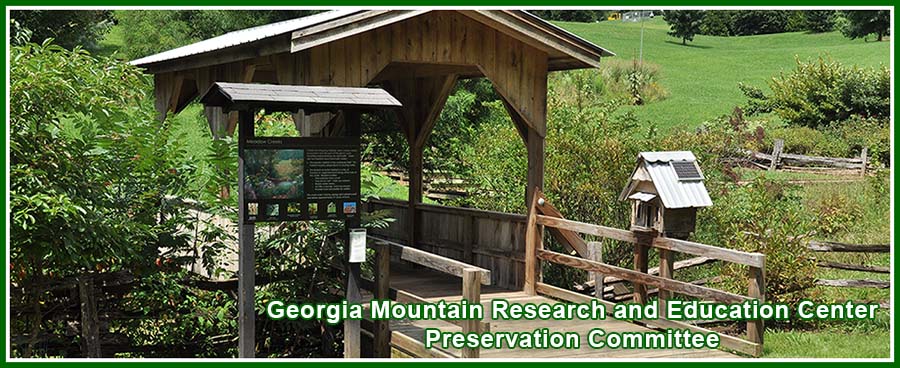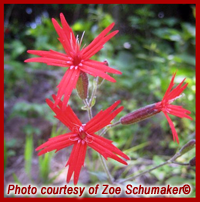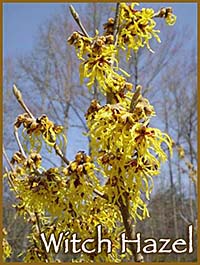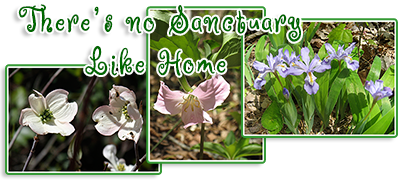
Georgia Mountain Research and Education Center
Plant Preservation Team
The Community Council was founded in 2003 to complement the work of the Georgia Mountain Research and Education Center (GMREC) in service to the region. The Council is structured into three program committees: Education, Outreach, and Preservation.
The Preservation Committee: The primary goal is to educate the public on the importance of preserving the incredible diversity of native plant species living in our Southern Appalachian Mountain Region. In addition to the development of the Ethno-botanic Sanctuaries at the GMREC, the Preservation Committee provides public education and outreach, and Plant Rescue support.
To learn about the work of the Preservation Committee, contact Clare Johnston at the Georgia Mountain Research and Education Center (706-745-2655) or visit http://www.gmrec.uga.edu/commcouncil/preserve.html
Articles written by the Members of the Preservation Committee
 An Uncommon Red Star
An Uncommon Red Star
Of the many wildflowers in bloom now, one of the most conspicuous is the little fire pink, Silene virginica. It is the bright red color, not size that is eye-catching.
“Pink” in the name does not refer to color, but to the notched edge of the five small narrow petals, perhaps named by someone familiar with pinking shears used in tailoring. The red petals extend into a narrow tube filled with nectar. Read the rest of the Uncommon Red Star article...
Article written by:

Witch Hazel; A Winter Blooming Native Tree
Long before I became interested in native medicinal plants, I was familiar with witch hazel. My mother kept a bottle of witch hazel liniment in her first aid kit and rubbed it on my childhood scrapes and bruises. I thought the clear liquid had an interesting name, but I knew little of its source. Years later, after moving to the North Georgia Mountains, I discovered the witch hazel tree and I became enchanted by its strange winter blooming flowers, its distinctive citrus-like aroma and its incredible healing powers. Read the rest of the Witch Hazel article...
Article written by:
There’s No Sanctuary Like Home
Like many, I am anxiously awaiting spring’s early signs. Along our garden  path, this begins with the crocus and iris shoots busting through frost-hardened soil. I also rejoice in the more subtle transformation in the woods around our house. For beyond our garden lies an expanse of native forest, our own “Appalachian Native Botanical Sanctuary.”
path, this begins with the crocus and iris shoots busting through frost-hardened soil. I also rejoice in the more subtle transformation in the woods around our house. For beyond our garden lies an expanse of native forest, our own “Appalachian Native Botanical Sanctuary.”
In this backyard sanctuary, I can see the tips of trees reddening with new growth, and tender green shoots bursting through last fall’s crushed leaves. I eagerly await the first lacy blooms of serviceberry and dogwood, and the emerging carpet of multi-colored violets, trillium, irises, and wood anenomes. Spring is in full force when the woods burst to life with brilliant flame azaleas…showy gems that rival any cultivated plant in their spring splendor.
Article written by:
of C. Wayne Dukes and Sherry Bell Dukes. 1996 - 2017, except where otherwise stated. All rights reserved, reproduction,
downloading, and/or duplication of any sort is strictly prohibited, all violations will be prosecuted. Legal Policy.
If you have any questions, or comments, regarding this site, e-mail the Highlander.

